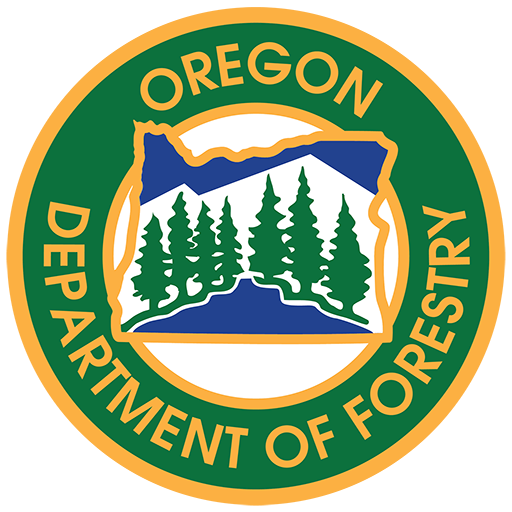Ready, Set, Go! These are familiar words at a track meet, but
in the case of a wildfire, Ready, Set,
Go has a much different implication.
Here in central Oregon we are settling into a much quieter beginning to fire
season than we have seen in recent memory—but all that can change in an
instant. One careless action or a single
lightning strike could bring flames to your door. Creating a Wildfire Evacuation Plan now can
help ensure that you don’t forget essential items and that everyone makes it
out safely. If you live in the forest or
the Wildland Urban Interface now is the time to be Ready. Being Ready to evacuate helps emergency
personnel focus on the fire and gives you and your family the best chance of
surviving a wildfire. Take the time now
to develop a Wildfire Evacuation Plan. Share
it with your family, so everyone knows what to do if a wildfire starts nearby
and you are notified to evacuate. Talk
to your neighbors about Ready, Set, Go so
they will be prepared as well.
-
- Home Evacuation Checklist
- Practicing several escape routes from your home to a safe location.
-
- Designating a meeting location, well away from the home.
-
- A plan for evacuating pets and livestock. Plan for how to get them out, and where you will take them.
-
- Assemble an Emergency Supply Kit
- A family communication plan—someone everyone can call and check-in with. Identify emergency numbers you need to have with you and keep these numbers readily available, with copies in your Emergency Supply Kit.
check-in with. Identify emergency
numbers you need to have with you and keep these numbers readily available,
with copies in your Emergency Supply Kit.
Remember that safe locations for meeting, staging, and
placing pets should be well away from the hazard area. You may need to have more than one location
identified depending on the location of the fire. Your neighbor’s house is not a suitable
meeting place.
The six P’s
Keep these Ready in case of evacuation
- People and pets
- Papers, phone numbers & important documents
- Prescriptions, vitamins, & eyeglasses
- Pictures & irreplaceable memorabilia
- Personal computer hard drive, disks and storage devices
- “Plastic” (credit cards, ATM cards) and cash
www.readyforwildfire.org/ has additional information to help you
prepare for a wildfire, including developing your Home Evacuation Checklist and
Wildfire Evacuation Plan.
flammable vegetation and ladder fuels.
Your home is more likely to survive a wildfire if you have screened in
underneath porches or decks, have fire resistant siding and roofing materials,
and have removed flammable debris from roof and gutters. Visit FIREFREE’s website, www.firefree.org/?page_id=29, for
more information on preparing your home for wildfire.
YOU MUST PREPARE TO LEAVE AT A MOMENTS NOTICE
This level indicates there is significant danger to your area, and residents should either voluntarily relocate to a shelter or with family/friends outside of the affected area, or if choosing to remain, to be ready to evacuate at a moment’s notice. Residents MAY have time to gather necessary items, but doing so is at their own risk.
THIS MAY BE THE ONLY NOTICE THAT YOU RECEIVE
Emergency services cannot guarantee that they will be able to notify you if conditions rapidly deteriorate. Area media services will be asked to broadcast periodic updates.
LEAVE IMMEDIATELY!
Danger to your area is current or imminent, and you should evacuate immediately. If you choose to ignore this advisement, you must understand that emergency services may not be available to assist you further. DO NOT delay leaving to gather any belongings or make efforts to protect your home.
THIS WILL BE THE LAST NOTICE THAT YOU RECEIVE
Entry to evacuated areas may be denied until conditions are safe. Area radio and TV stations have been asked to broadcast periodic updates.
